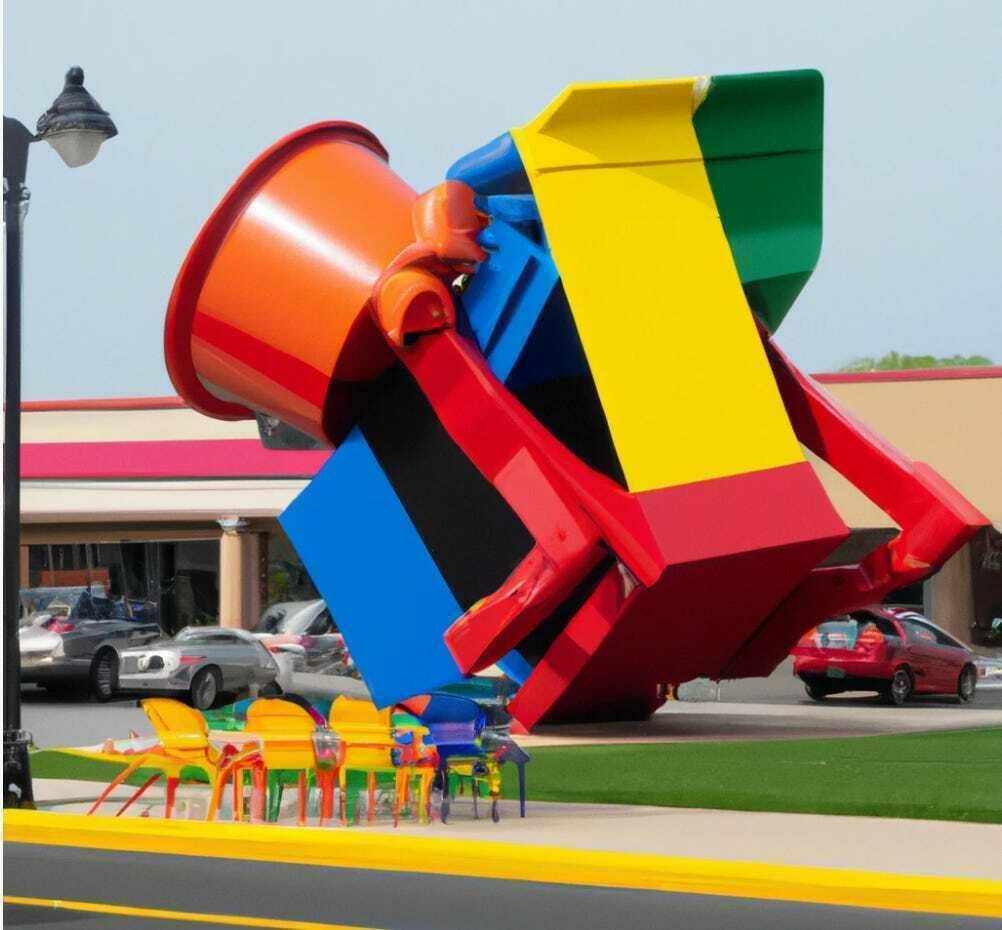Serious art, influencers, and AI
This is quite the article by Rob Horning. It begins with a social media spat between an influencer and an art critic, takes a brief detour into the philosophy of modernism, and ends with a discussion of AI-produced representations of the world.
I think Horning could turn this into a short book, particularly if he considers studies which show that the historical value of artworks and the critical reception of artists' works tends to be as dependent on their ‘social networks’ and standing.

What, then, do “serious” critics expect “serious” art to do, given that it is not to make money or to provide emotional comfort or culinary enjoyment? One answer to that (and I’m deriving this from the Adorno-driven art criticism in J.M. Bernstein’s book 'Against Voluptuous Bodies') might be that art brackets off a space in which our ways of thinking and experiencing and representing the world can be tested for their continued coherence and validity. Art allows for epistemological problems to be articulated, if not solved.Source: Empire of the senseless | Internal exileAnother related answer is that art holds open a space between experience and how it is conceptualized, seeming to manifest the otherwise indescribable, ineffable aspects of experience — the stuff that resists discursivity — and assures us that such a realm (the realm of freedom, if you believe Kant) really exists. If something can be completely described, then it is subject to full, mechanized determination; it can’t be free. Proper artworks can’t be fully described or “put to use” — they can’t be exhausted by critical discourse or ordinary consumption — so they reveal freedom to us. A critic’s work, from that perspective, succeeds by failing — when its strenuously efforts to describe a piece serve to reveal its inexhaustibility, its ability to renew its meanings from some impenetrable, possibly noumenal source.
An artwork itself embodies the same paradox: It may most succeed when it “eludes and fails visual and perceptual claiming,” as Bernstein puts it in describing a piece by Jeanette Christensen. A work’s “own power of proliferating discourse” is what it both “wants and refuses” because its significance ultimately depends on manifesting and holding open the gap between what there is and what can be described (or mediated, or simulated, or reproduced, or predictively generated), the gap between words and things, between the meanings we project onto things and “things in themselves.” That is, art can make palpable what Bernstein calls an “aporia of the sensible,” which makes it a reflection our experience of the crisis of modernity: the rationalizing disenchantment of the world, the scientistic instrumentalist mode of grasping reality, the commodification of experience under the pressures of capitalism, the “all that is solid melts into air” condition.